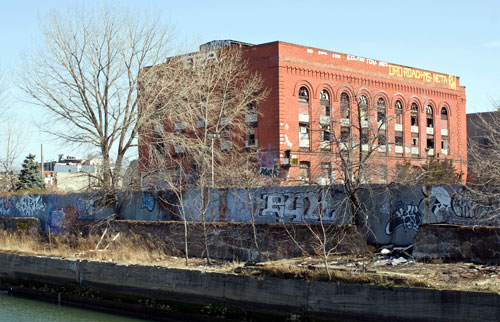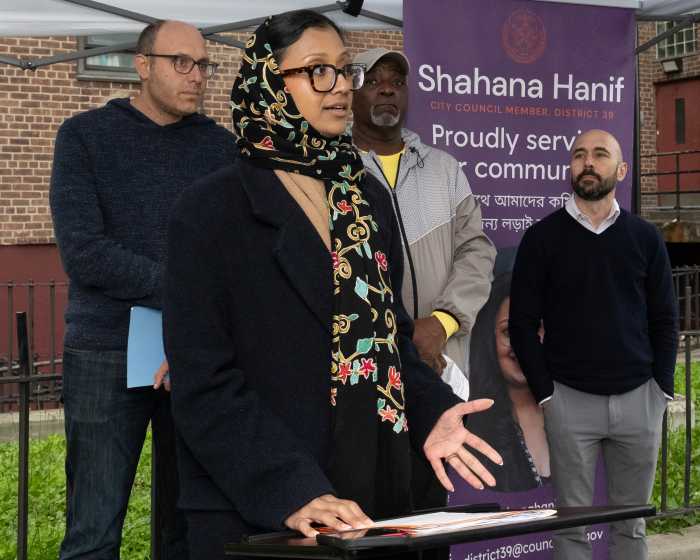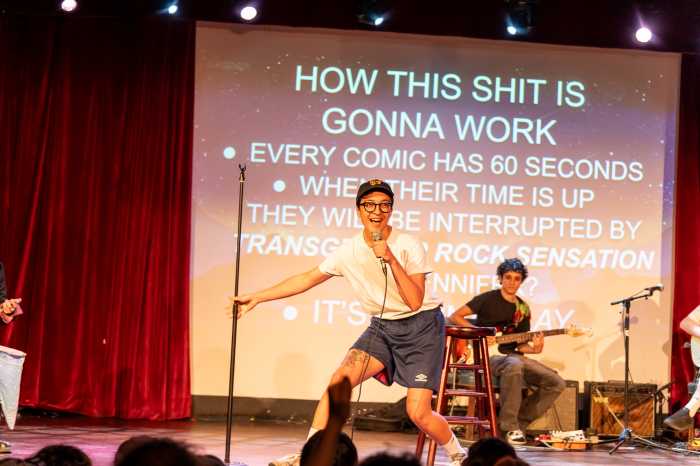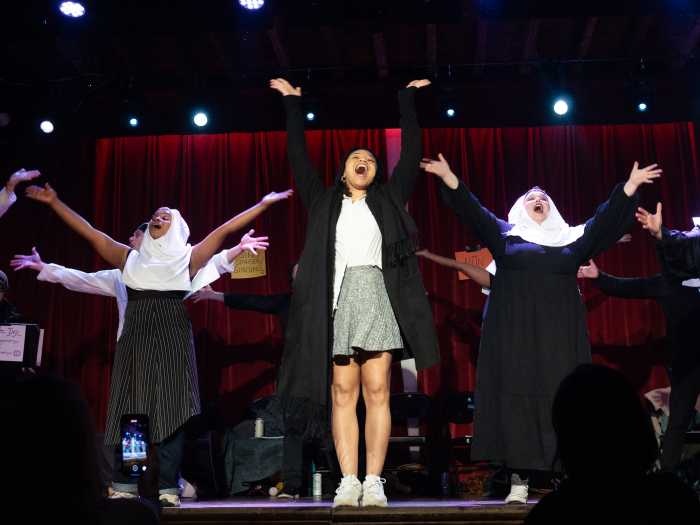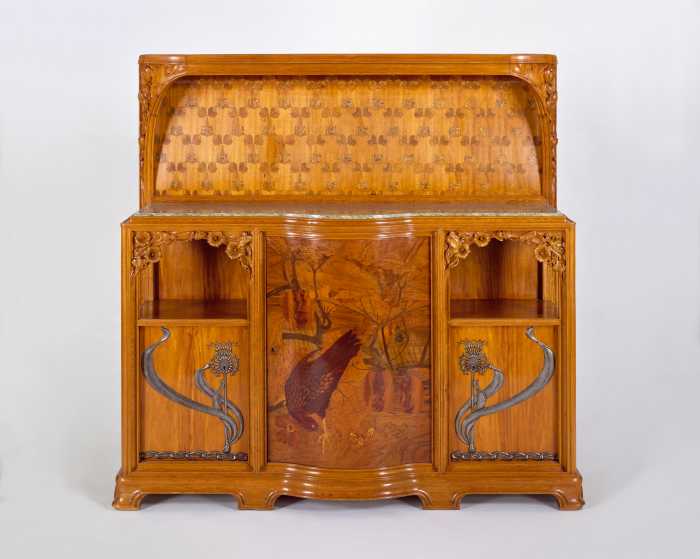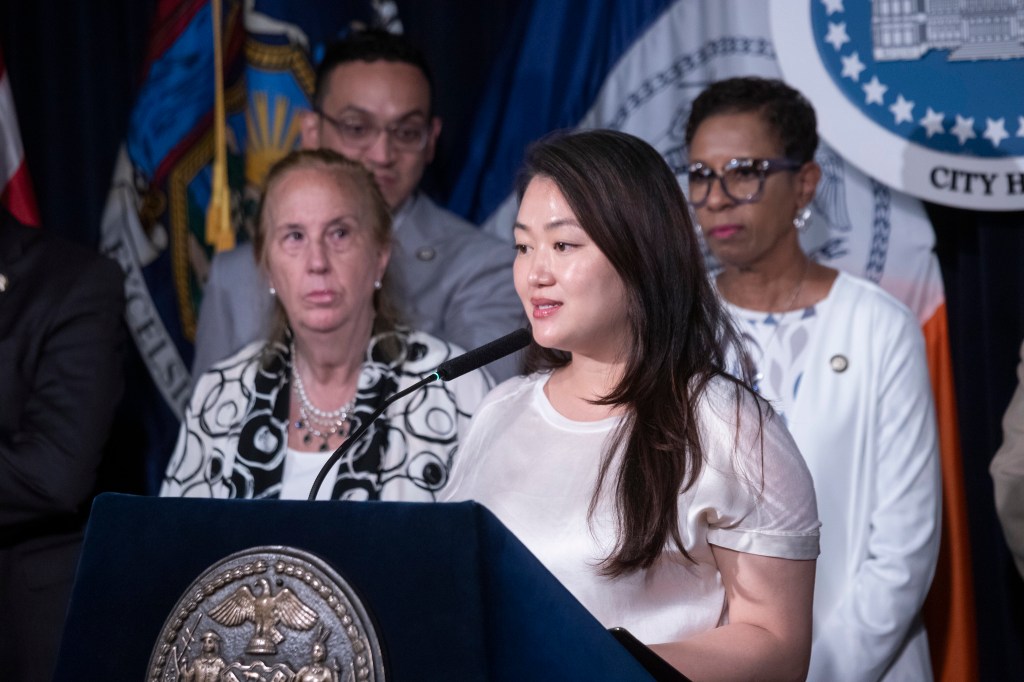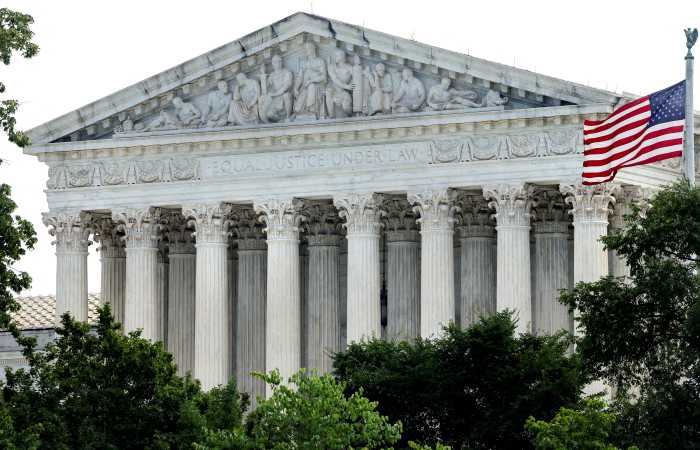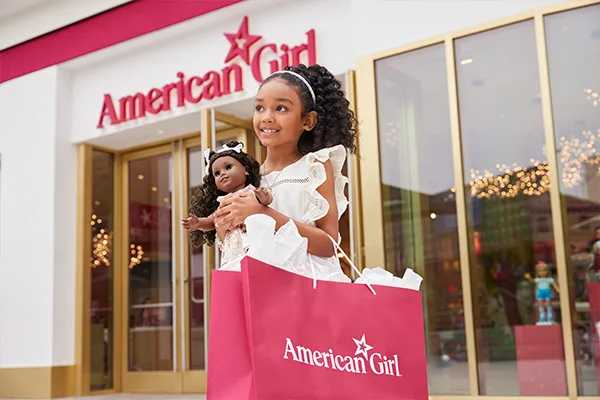One of the first properties gobbled up in the ongoing land rush around the Gowanus Canal is back on the market, signifying that developer Shaya Boymelgreen’s plans to build a glamorous waterfront community on the Park Slope side of the canal are washed up.
Boymelgreen and his partners had dubbed their plans for 400 units of mixed-income housing as “Gowanus Village,” but those plans unraveled in an unrelated souring of the partnership two years ago.
That left Boymelgreen and his associates to unload the manufacturing property they amassed in three purchases beginning in 2003 bounded by the canal, Third Avenue, and Carroll and Third streets. The land is contaminated, but given the city’s intention of rezoning the area for residential development, it’s potentially quite valuable — which explains Boymelgreen’s $27-million asking price.
“I have had interest from both people looking to land-bank it and wait for residential development, and people looking at it for as of right uses,” such as companies looking for temporary industrial space, said Ken Freeman of the Massey Knakal real estate giant, which is handling the sale.
News that the Gowanus Village had bit the dust also rekindled hopes of neighborhood activists that their input would be considered.
“One thing that seems to have been a popular idea was saving the powerhouse building on the site,” said Craig Hammerman, the district manager of Community Board 6, referring to a red brick building facing the canal.
Others see this as a possibility to foster light industry along with residential development on the Park Slope side of the canal.
“We have to persuade the Department of City Planning to invoke a more sustainable mixed-use model,” said Brad Lander, director of the Pratt Center for Community Development. Lander says less intensive industrial operations and residential development can work well alongside each other.
But some activists backed Boymelgreen’s original model — a reflection that there are many competing notions of what the Gownaus Canal zone should become.
“Low- to mid-level townhouses can definitely work around the canal, although we would like there to be a significant percentage of affordable units,” said Bob Zuckerman, executive director of the Gowanus Canal Community Development Corporation, which favors residential development and an environmental cleanup.
Zuckerman added that whoever buys the property should include public open space and cultural facilities in their project.
Open space, in the form of a canal-side esplanade, is a key part of Toll Brothers’ proposal for a 447-unit complex just south of the historic Carroll Street Bridge on the Carroll Gardens side of the canal. That plan, like Boymelgreen’s, would require a city rezoning.


